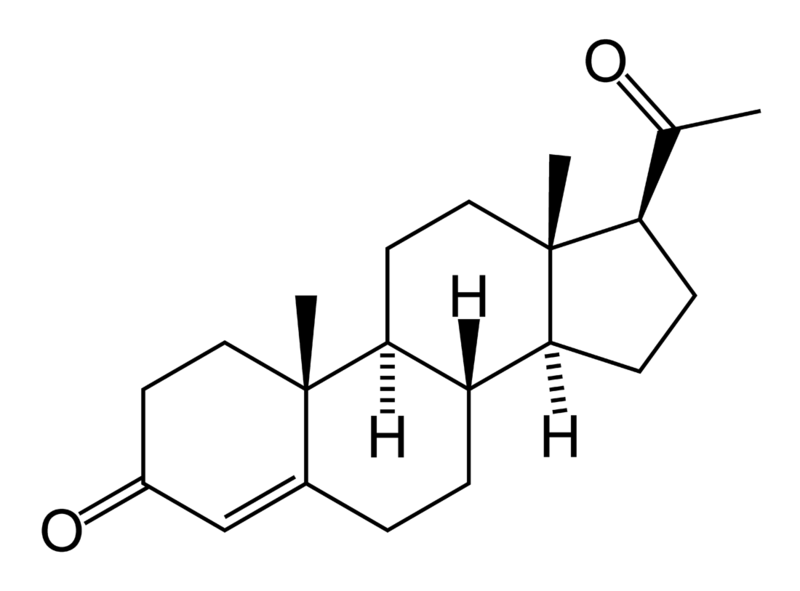-
 Hubble constant
Hubble constant
-
 Hallux
Hallux
-
 Stereochemical formula
Stereochemical formula
-
 Gene gun
Gene gun
-
 Osmosis
Osmosis
-
 Eris
Eris
-
 NASA
NASA
-
 Catabolic agent
Catabolic agent
-
 Holohedry
Holohedry
-
 Bonn Convention
Bonn Convention
-
 Droppings
Droppings
-
 Oxygen
Oxygen
-
 Deciduous
Deciduous
-
 Internal haemorrhoid
Internal haemorrhoid
-
 Acetyl-CoA
Acetyl-CoA
-
 Geostationary transfer orbit
Geostationary transfer orbit
-
 VOC
VOC
-
 Penis
Penis
-
 Homeotic gene
Homeotic gene
-
 Constellation of Draco
Constellation of Draco
-
 Haptic
Haptic
-
 Encephalins
Encephalins
-
 MD4
MD4
-
 Coralloid
Coralloid
-
 Pancreatic islet
Pancreatic islet
-
 Incursion
Incursion
-
 Hepcidin
Hepcidin
-
 Planck constant
Planck constant
-
 Vasectomy
Vasectomy
-
 Differentiation
Differentiation
Progesterone
Progesterone is the steroid hormone involved in the preparation of the body for pregnancy.
Biosynthesis of progesterone
Progesterone is a sex hormone similar to estrogen produced by the yellow corpus luteum of the ovaries or from pregnenolone in the placenta in response to the effect of luteinising hormone (LH). Its concentrations change during the menstrual cycle, increasing significantly after ovulation (on the fourteenth day of the cycle) and falling rapidly if fertilisation does not occur.
The suprarenal glands and testes also produce small amounts of progesterone. The compound is also found in some plants, such as Hollatrhena floribunda.
Function of progesterone
It prepares the uterine mucosa for egg nidation in the event of fertilisation and abolishes rhythmic contractions of the uterine muscles. It also inhibits further ovulation during pregnancy.
Progesterone and some of its derivatives are able to block ovulation (but also increase the density of the cervical mucus, a barrier to spermatozoa), which enabled the American Gregory Pincus to develop the contraceptive pill (1953).
Structure of progesterone
The chemical formula of progesterone is C21H30O2. It is a steroid hormone derived from pregnenolone, which itself is derived from cholesterol.
 Progesterone is a steriod hormone. © Wikimedia, public domaine
Progesterone is a steriod hormone. © Wikimedia, public domaine
Latest
Fill out my online form.



